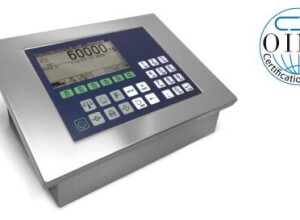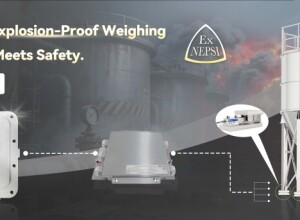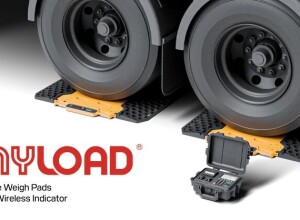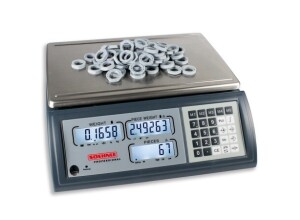Weigh-In-Motion (WIM) Systems: Dynamic Vehicle Weighing on the Move
Weigh-In-Motion (WIM) systems are advanced weighing technologies that measure the weight of vehicles while they are moving. WIM systems are widely used on highways, toll roads, and freight corridors to monitor traffic, enforce weight limits, and collect statistical data.
Types of Weigh-In-Motion Systems
- High-Speed WIM Systems: Designed for highways, allowing vehicles to maintain normal traffic speeds while measuring axle loads and gross vehicle weight.
- Low-Speed WIM Systems: Installed at toll plazas or inspection stations, requiring vehicles to slow down for higher accuracy.
- Piezoresistive Sensor Systems: Embedded in the road surface to measure wheel loads dynamically.
- Bridge-Based WIM: Uses strain gauges on existing bridges to calculate vehicle weight based on structural deformation.
Applications
- Traffic monitoring and infrastructure planning.
- Enforcing legal weight limits for trucks and commercial vehicles.
- Data collection for toll systems and freight management.
- Integration with AI and software for predictive maintenance and traffic optimization.
Advantages and Challenges
- Advantages: Allows continuous traffic flow, reduces congestion, enables large-scale monitoring, and improves safety.
- Challenges: Requires regular calibration, sensitive to environmental conditions, and may be less precise than static weighbridges.
Related Articles
- Truck Scales & Weighbridges
- Platform & Floor Scales
- Artificial Intelligence in Weighing Systems
- Weighing Software & IoT Integration

























